

James Wong
2026 Nissan Ariya review
3 Days Ago

News Editor
In its short time on the Australian market, the Ford Endura has proved a sluggish seller. It’s a large and comfortable SUV but it only has two rows of seating, offers only a diesel engine but lacks off-road ability, and wears an unfamiliar name.
That leaves it ripe for replacement by a three-row Escape.
Ford Authority reports Ford will introduce a stretched, seven-seat version of its Escape, à la the Volkswagen Tiguan Allspace.
That would not only give it a rival to seven-seat versions of rivals like the Honda CR-V and Mitsubishi Outlander, it could appeal to Territory buyers who want an occasional-use third row, but don’t have the option in the Endura.
The three-row Escape is reportedly being developed under the program code CX430. Like the Escape, it’ll share the C2 architecture with the Ford Focus, the new Bronco Sport, the upscale Lincoln Corsair, and an upcoming unibody ute that’s expected to use the Maverick name.
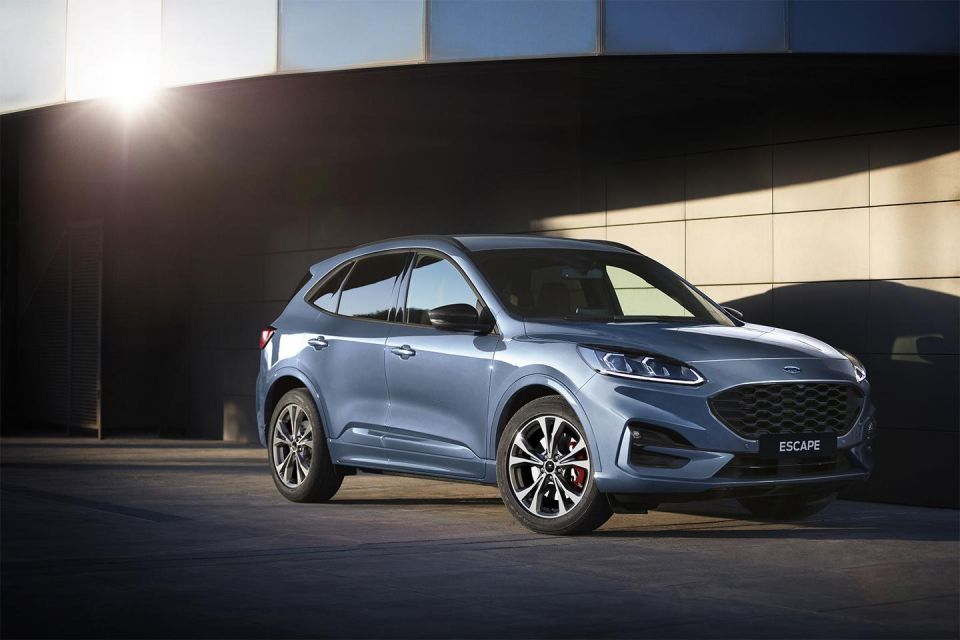
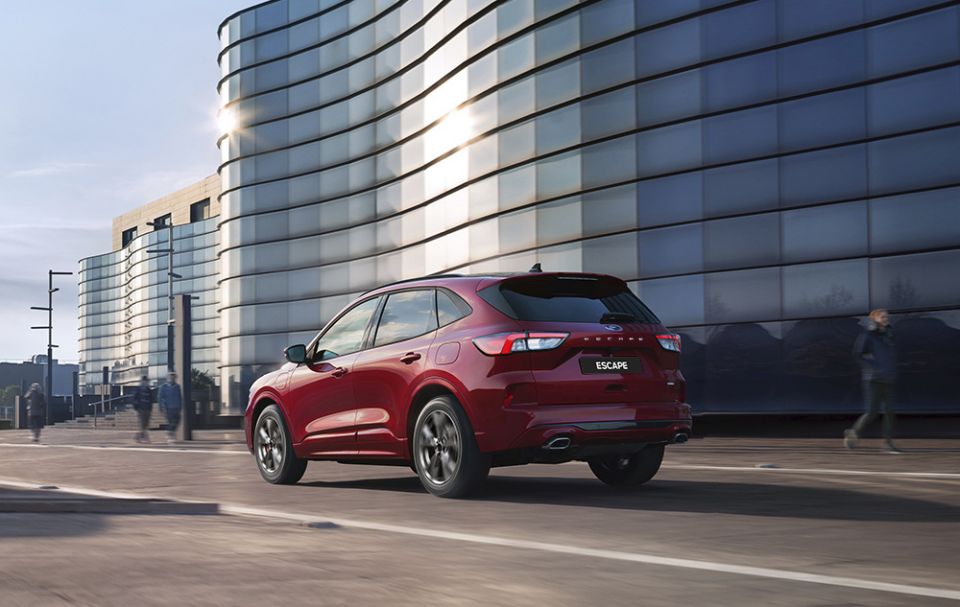
Like the Tiguan Allspace, it should ride a longer wheelbase, while the Escape’s curvaceous rear end will be squared off somewhat to improve headroom.
In a statement, Ford Australia said, “Endura remains part of our SUV line-up in Australia, which in 2020 sees the all-new Puma and Escape on showrooms.”
It’s also no longer available in New Zealand, leaving Australia as its last right-hand drive market. It was discontinued in the UK last year just six months after it was facelifted, while it’s been withdrawn from all but seven European markets to help Ford meet CO2 targets.
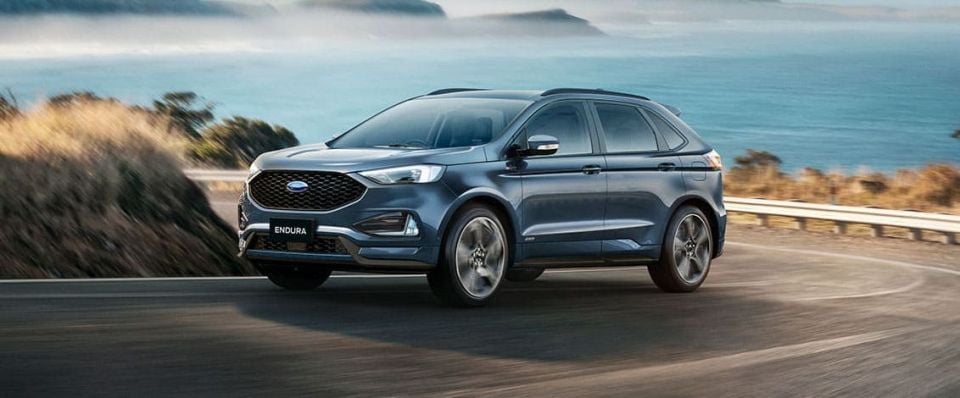
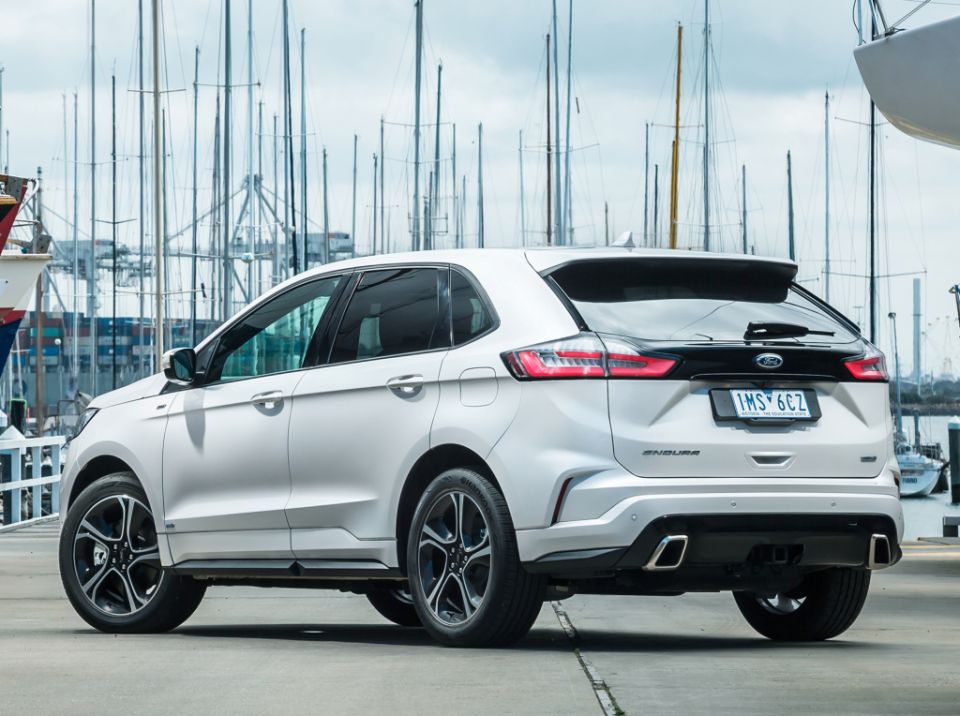
Rumours have also spread Ford will end production of the Endura, or Edge as it’s known in all other markets, at its Oakville, Ontario plant despite enduringly strong sales in North America.
A report from Automotive News Canada suggests these rumours could merely be a negotiating ploy by Ford as its labour contract at Oakville expires soon and a next-generation Edge could still begin production in 2023. Still, it’s looking less and less likely the next generation will be exported.
Ford Authority suggests the three-row Escape could not only replace the Edge in Europe, it could also spell the end of the large Galaxy and swoopier S-Max minivans.
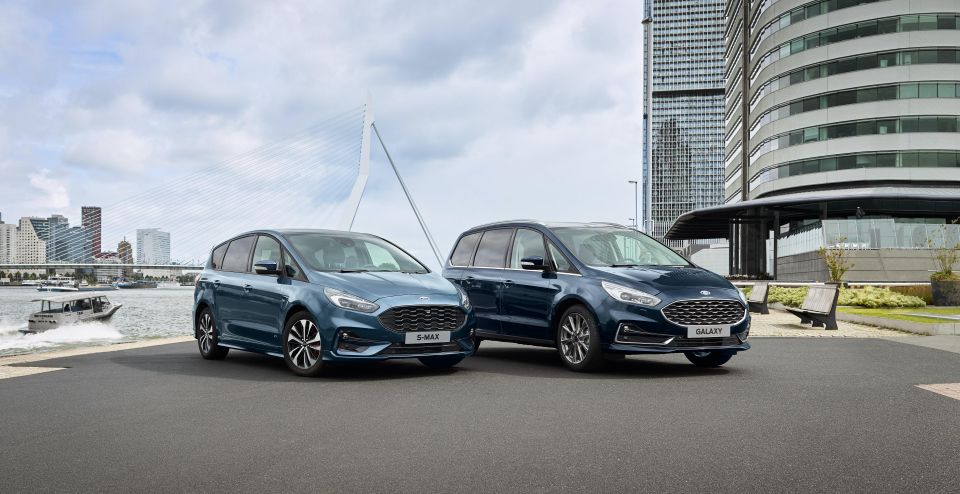
Ford axed its small C-Max MPV last year as buyers flock to SUVs, with sales of the Kuga (aka the Escape) doubling between 2013 and 2019. Ford sold 161,635 examples of the mid-sized SUV in Europe last year, but just 22,724 of the S-Max and 12,554 of the Galaxy.
While the Endura is only available in a five-seat model in Australia and only with a 2.0-litre turbo-diesel four-cylinder engine, there’s a wide variety of Edge models available in other markets.
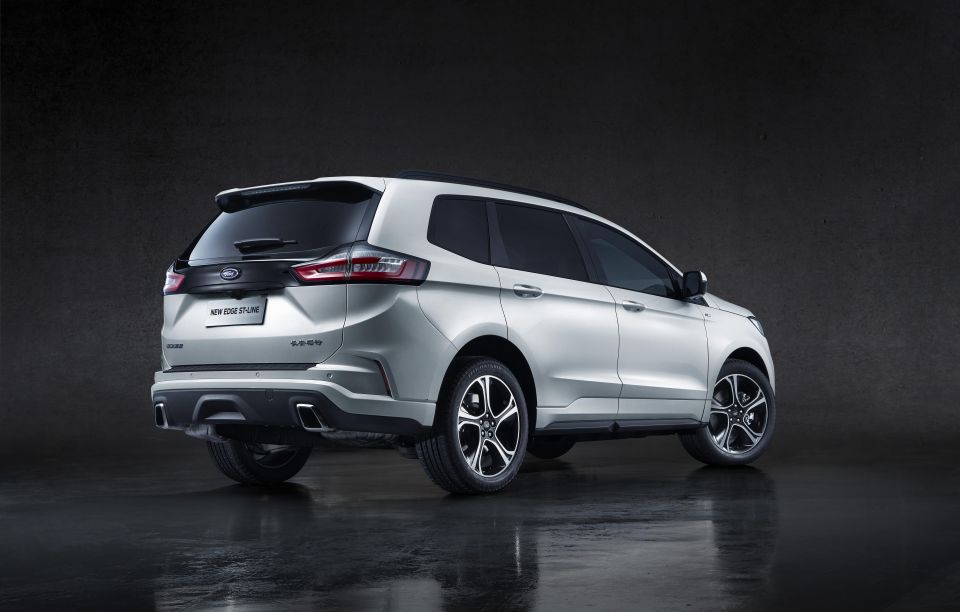
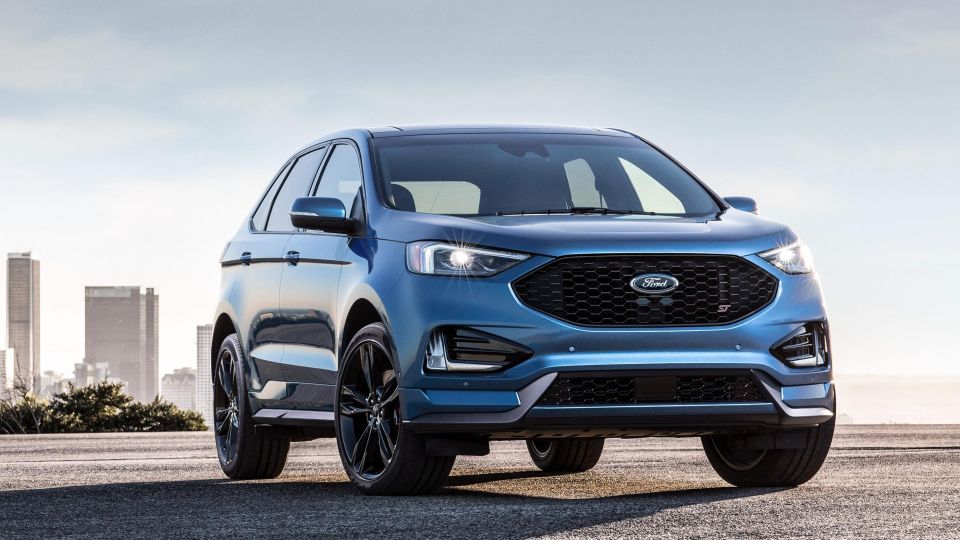
The Edge is also manufactured in China, where buyers have access to a boxier, 99mm longer variant with a third row of seating.
In the North American market, Ford offers a 2.0-litre turbo petrol engine used in the previous-generation Escape. The range is headlined by a sporty ST model, packing a twin-turbocharged 2.7-litre V6 engine producing 250kW of power and 550Nm of torque.
When Ford ended local production of the Territory, it ostensibly replaced it with the five-seat, road-going Endura and the more rugged, five- or seven-seat Everest. In left-hand drive markets like North America, China and Europe, it offers the rear/all-wheel drive Explorer which directly rivals vehicles like the Toyota Highlander (Kluger) and Mazda CX-9.
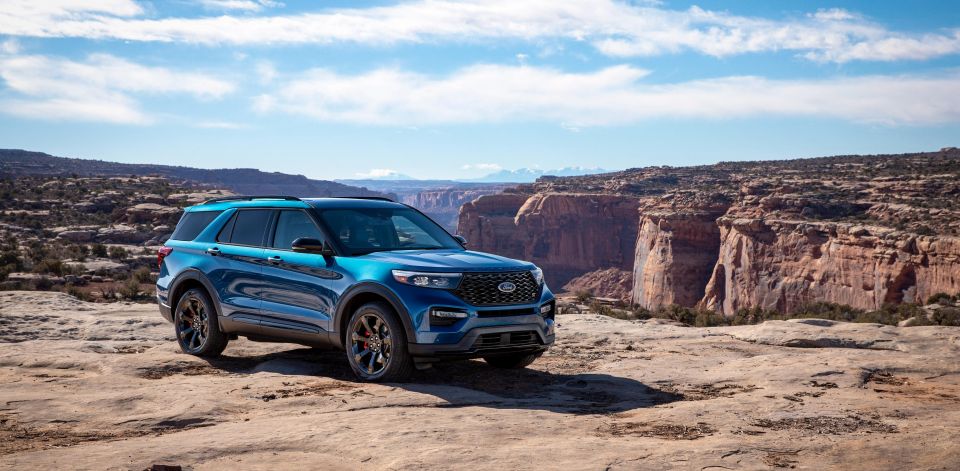
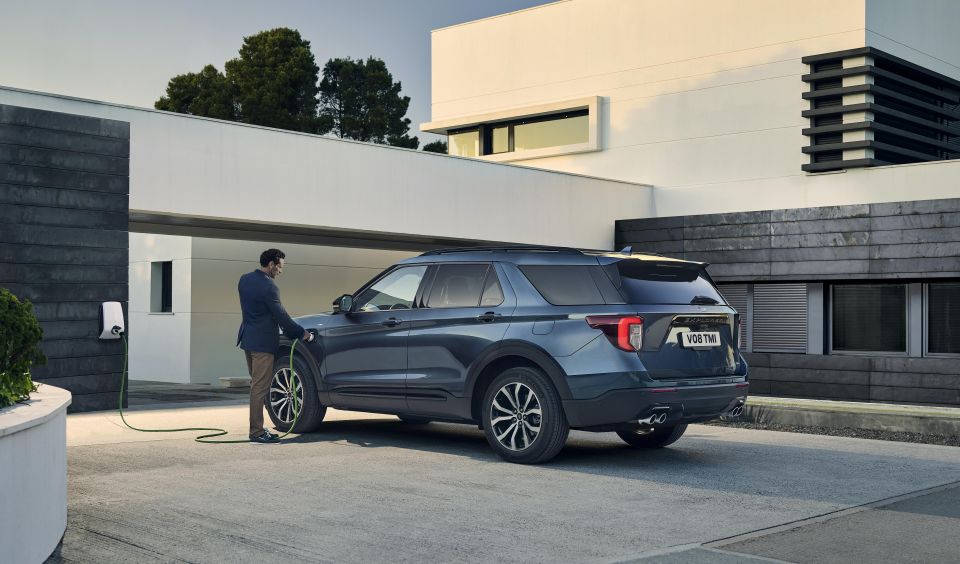
Though the Explorer offers three rows of seating, a plug-in hybrid, and a twin-turbocharged ST variant, it sadly remains off-limits to Australia due to the lack of a right-hand drive model.
In its last full year on sale – 2015 – Ford sold 8902 examples of the Territory, by then a decade-old design. In 2019, Ford sold 5333 Everests but shifted just 1893 examples of the new Endura.
That left the latter outsold by large SUVs like the also newly introduced Holden Acadia, as well as other large, two-row SUVs like the Jeep Grand Cherokee and Subaru Outback. It managed to best only niche models like the Jeep Wrangler, Volkswagen Passat Alltrack and Haval H9.
Where expert car reviews meet expert car buying – CarExpert gives you trusted advice, personalised service and real savings on your next new car.
William Stopford is an automotive journalist with a passion for mainstream markets and historical automotive pieces.


James Wong
3 Days Ago


William Stopford
3 Days Ago


Josh Nevett
2 Days Ago
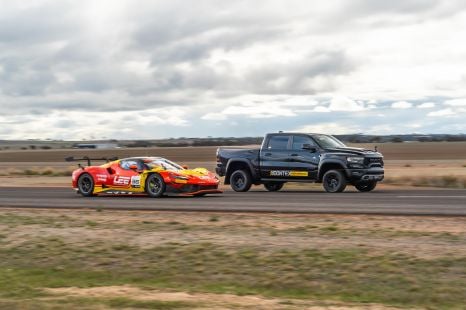

Paul Maric
1 Day Ago


Ben Zachariah
18 Hours Ago
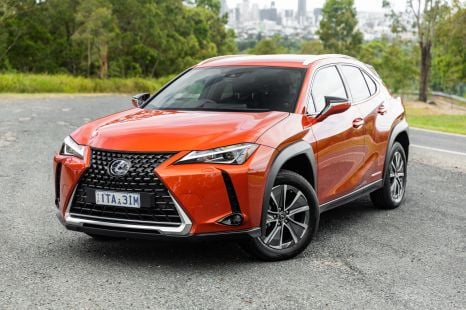

William Stopford
18 Hours Ago